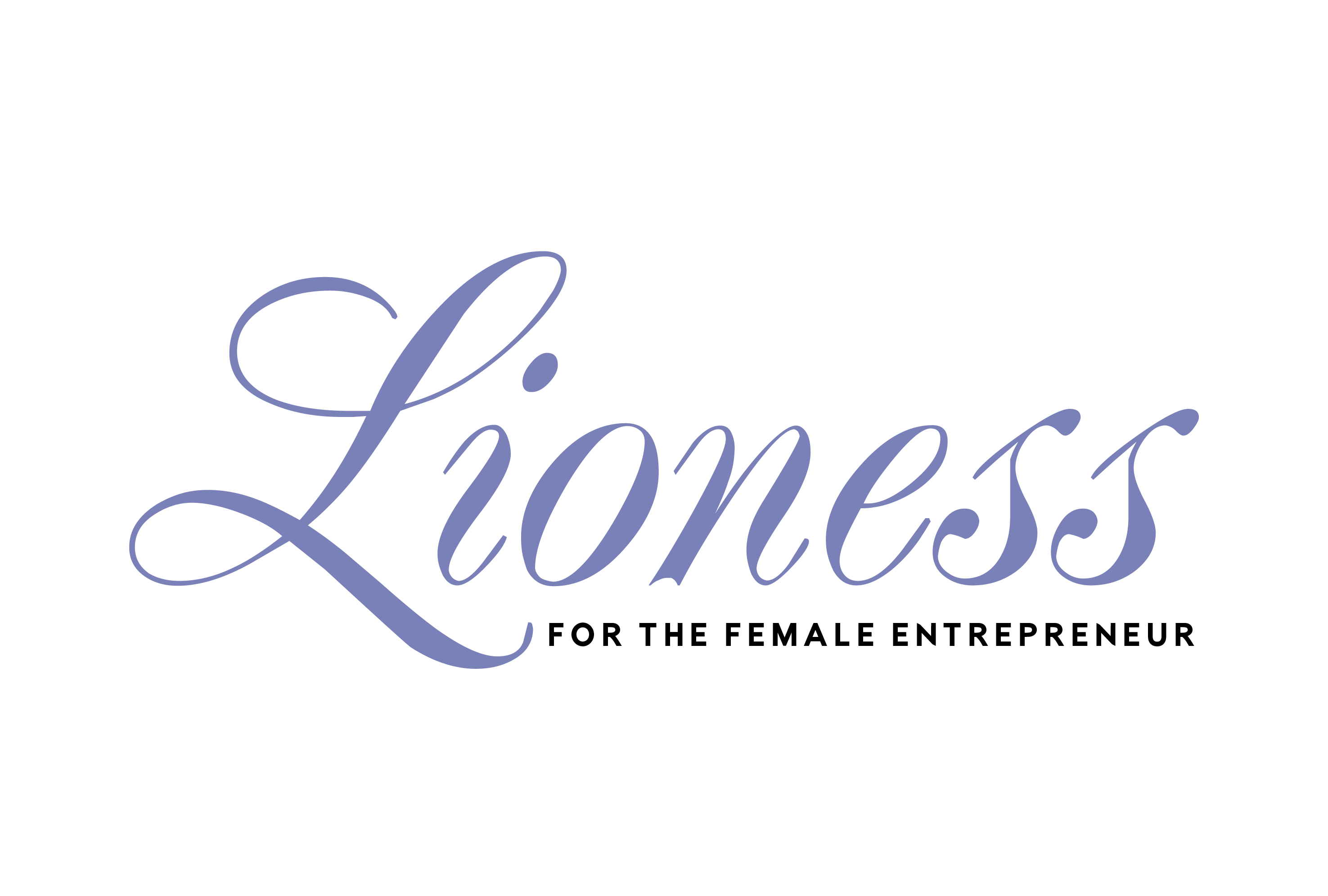Increasing diversity in hiring isn’t just a nice-to-have for recruiters. When businesses with over 15% female leadership have higher returns, hiring managers across the board need to make inclusion a priority.
But 15% is still hardly a high bar to cross, especially when diversity in age, ethnicity, background and experience is taken into account as well. How do we improve our hiring standards without sacrificing control of the process?
Artificial Intelligence (AI) has many promising uses in reducing bias, and companies worldwide have already found success through including AI in their hiring practices. Implementing machine learning tech such as AI-powered chatbots as part of the recruitment process can be a massive tool for better hiring.
At the same time, an algorithmic-based employment process can produce negative effects – as Facebook found out when it settled a class-action lawsuit regarding their job advertisements. Companies posting job ads on Facebook’s platform had the tools to advertise their offers only to people of certain backgrounds – a dangerous ability that not only harmed diversity efforts, but actually broke the law as well.
AI & automation in hiring are only as good as the strategies used in their implementation. When you make diversity a priority, the power of these tools increases alongside your goals. Let’s take a look at a few ways AI can boost ethical recruiting for a wider array of candidates.
Revising Current Practices
How many times have you read a job ad seeking a “rockstar marketing manager” or a “web development guru?” This sort of language – meant to appeal to millennials and Gen-Zers in the tech industry – is on the rise, with a 19% increase in the use of ‘rockstar’ since 2015.
There are more than a few potential issues with this kind of wording (aside from the fact that Rockstar is an energy drink, not a person), but the main pitfall is in how this deters inclusive hiring.
Words and phrases like “ninja,” “work hard, play hard,” and “fast-paced work environment” have been found to deter female candidates from applying. There are dozens of popular terms used and reused on job boards like Indeed and Monster.com that are not only ineffective, but harmful as well. When a qualified candidate doesn’t feel they’d be the right fit for a company, you know it’s time to refine your tactics.
Top tech firms are already using AI to identify this type of non-inclusive language and replace it with vocabulary that draws a wider array of candidates. These practices don’t dissuade one group of candidates for another – rather, they convey the job title and duties in a professional, inclusive manner.
A strong recruiting process is based around bringing in a broad range of candidates, both in terms of background and overall applications. When it comes to the next round of the process — screening candidates — AI maintains a notable influence on the process. The effects can be profound when the tech follows great leadership.
Identifying Top Talent
Using inclusive language in hiring means you’ll receive more candidates than before. On the one hand, you’ll have a wider and more far-reaching pool of candidates. On the other hand, more candidates means, well, more candidates. 52% of recruiters say screening a significant amount of candidates is the hardest part of hiring, and when you increase the amount of resumes to sort through, you need the right tools to keep you in control of the process.
When candidates are screened by human eyes, biases and assumptions creep in. AI compares new hires against company values, requirements, and previous successful candidates using machine learning. The line-up of candidates narrows to the finest talent on offer. It’s a process recruiters have been using for decades, only done in a way that highlights skill and talent exclusively – and takes 40% less time than manual screening methods.
Once again, AI only works as well as the human beyond the computer. Screening criteria must be optimized to best practices, otherwise companies lose out on the potential in lieu of following the same old standards.
Amazon ran into problems when their recruiting software removed candidates with the word ‘women’ in their resume text. The AI predicted that, because most successful candidates in the past had been white males, that the company only wanted to hire these candidates. This is known as homophily: the preference in hiring people who look and think like the majority of coworkers.
Homophily has been found to reduce minority success in social networks. Without a strong plan and methodology for hiring outside of the routine employee profile, companies continue to bring in the same kind of candidates as before. It’s not enough to make a statement of commitment to diversity without implementing a plan that works.
Facebook has a commitment to diversity that’s among the most robust in big tech, and their results have improved significantly as they’ve re-optimized their standards. This problem still could have been avoided if recruiters had made sure they were looking for the right hires in the best way possible before adding AI to their process.
In short: better hiring creates better overall business practices.
Committing To Inclusivity
Almost half of millennials consider diversity an important factor in choosing where to work. This preference for inclusion is borne out of a variety of factors, including the higher likelihood of increased profits when a company is more diverse.
Inclusive hiring is by no means a mere marketing opportunity, but is the right way to build a company’s self-image. Managers who claim to commit to diversity without implementing a plan to achieve them hurt themselves in the long-run — and miss out on new opportunities to meld AI with their efforts.
Users who interact with AI-powered chatbots can tell when they’re being valued as potential employees. These same chatbots reduce recruitment times to allow HR to focus more on getting to know a promising candidate personally. It’s the difference between automating hiring and making it tech-driven — which, when done right, is a confirmation of your company’s vision.
AI-powered hiring creates a more diverse staff, which in turn creates a stronger workforce. Your image, brand, and workforce are stronger when candidate hiring starts on the right foot. These are the kind of feedback loops AI creates when we use the right tech with an inclusion mindset.
Recruitment Done Right
A misguided approach to hiring can lead companies to do the same thing and expect different results. To shift off the path of doing the same thing and hiring the same type of employee, hiring managers can pinpoint areas that lead to improvement through technology.
Best practices in recruiting mean adapting to the latest developments and keeping abreast of the latest trends. With practice, and a commitment to ethical recruiting, hiring managers can increase the number, quality, and diversity of their candidates.
It all starts with getting the right tech on your side — and using it to create a hiring environment that works for everyone.







Add Comment